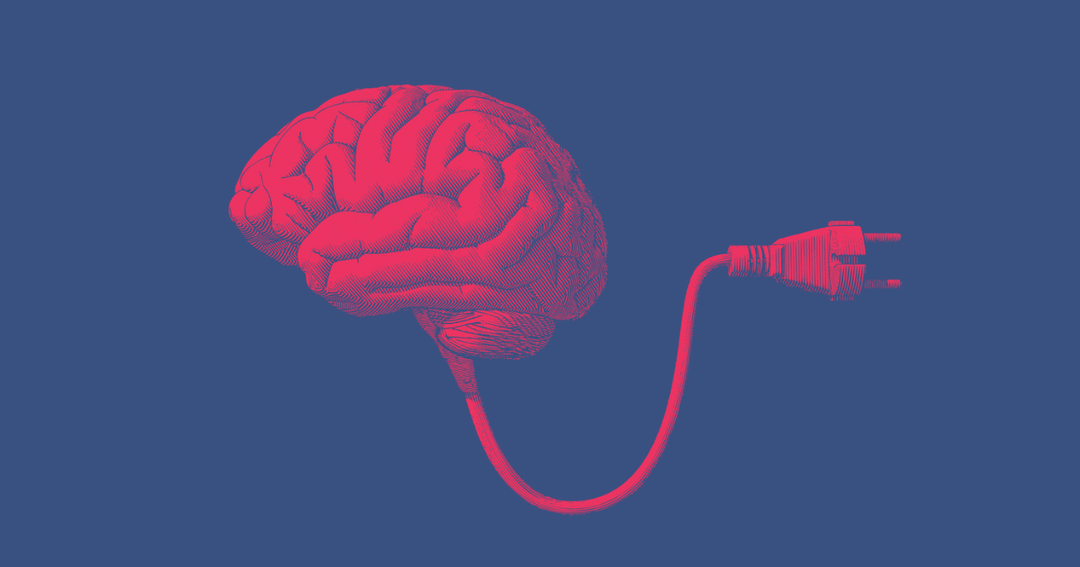Keep Dreaming: How to Get the Sleep You Need with Sip2Sleep®

“Everybody’s got to dream, young girl. If you don’t dream … you go.” Although spoken by a fictional sleep doctor in A Nightmare on Elm Street, there is truth to this warning. Dreams, which occur during REM sleep, are a crucial part of the sleep process and essential to a happy, healthy life. The risks of not getting enough sleep, especially REM sleep, are vast and include mental and physical health problems ranging from dementia to heart disease and early death. A recent study published in the Journal of Neuroscience focuses on REM sleep and found that those who spend more time in REM have a better experience with electric shocks.
To clarify, participants in this study agreed to undergo sleep analysis to gauge how long they spent in REM sleep. The next day, they volunteered to undergo mild electrical shocks. Those who got more REM the night before experienced less “fear-related brain activity.”
According to the researchers, this means that getting more REM before a scary experience (as participants knew what was coming) might make them less likely to develop PTSD. This is not the first study to highlight the benefits of REM sleep. In fact, there are some researchers who think it’s not just lack of sleep, but lack of REM sleep and dreaming, that is the main cause of so many sleep-related health problems.
The Magic of REM
There are five key phases of sleep, and your body and brain (hopefully) cycle through them throughout the night. In the first four phases, your body moves from shallow to deep sleep. The fifth stage is REM, and this rapid eye movement (REM) phase is where vivid dreams and other brain activity occur. There are also stages within REM, though they tend to be short during the first 66 percent of the night. This is when your body prioritizes slow-wave, deep sleep. As REM happens strictly during the last hours of sleep, typically in the early morning for those who are “regular” sleepers, you can lose out on it if you don’t allow yourself enough time in bed—or if you struggle with sleep issues.
Also: Why Sleep is Important for Your Health
When you’re in REM sleep, your brain has more activity in the emotional, motor, visual, and autobiographical memory areas. Simultaneously, there is less activity in some areas, such as rational thought. This is why lucid dreams that might not be sensical but feel real are so common here. We actually only remember part of our dreams, those which occur during specific REM phases.
Dream On
There has been much analysis over why we dream. Are they a random byproduct of firing neurons or something more? Some theorize they may be akin to a data dump to help your brain figure out which memories are important. Maybe they are a tool for helping us prepare for future scenarios, allowing us to “play act” possibilities. Regardless of why we dream, numerous studies in recent years have highlighted the importance of REM sleep. It has been suggested that those who get more REM sleep can process stimulation and read emotions better. For example, one study found that those who got more REM sleep could better judge facial expressions after a REM-rich nap..
Also: 8 Famous People Whose Dreams Led to Amazing Ideas
Plus, those who achieve more REM sleep have also been found to be calmer when shown images meant to elicit strong emotions. A recent Rutgers study found that sleep quality prior to a traumatic event informs how our brain will respond. In short, dreaming can be seen as a kind of built-in therapy. Dreaming helps us be more rational, calmer, and more astute.
The Science of REM
There’s a part of the brain that emits norepinephrine while we are awake, but it takes a break during REM sleep. Norepinephrine is linked to stress and can inform how severely the amygdala (the brain’s fear center) responds to stimuli. The so-called REM calibration hypothesis describes how norepinephrine production and secretion are increased during the day but can be reset to “normal” during the REM cycle. So, what happens when we don’t get that reset?
Everyone will have poor sleep at some point in their lives. However, when it becomes chronic, it can become a big problem—in part because we aren’t getting enough REM sleep.
Also: 5 Signs You Have Broken Sleep—And How to Fix It Naturally
Taking Sip2Sleep® may be your solution. This all-natural supplement combines just two ingredients: Montmorency tart cherry extract and Venetron®, both derived from nature. Find out how Sip2Sleep® can help you get the sleep and dreams you need.







